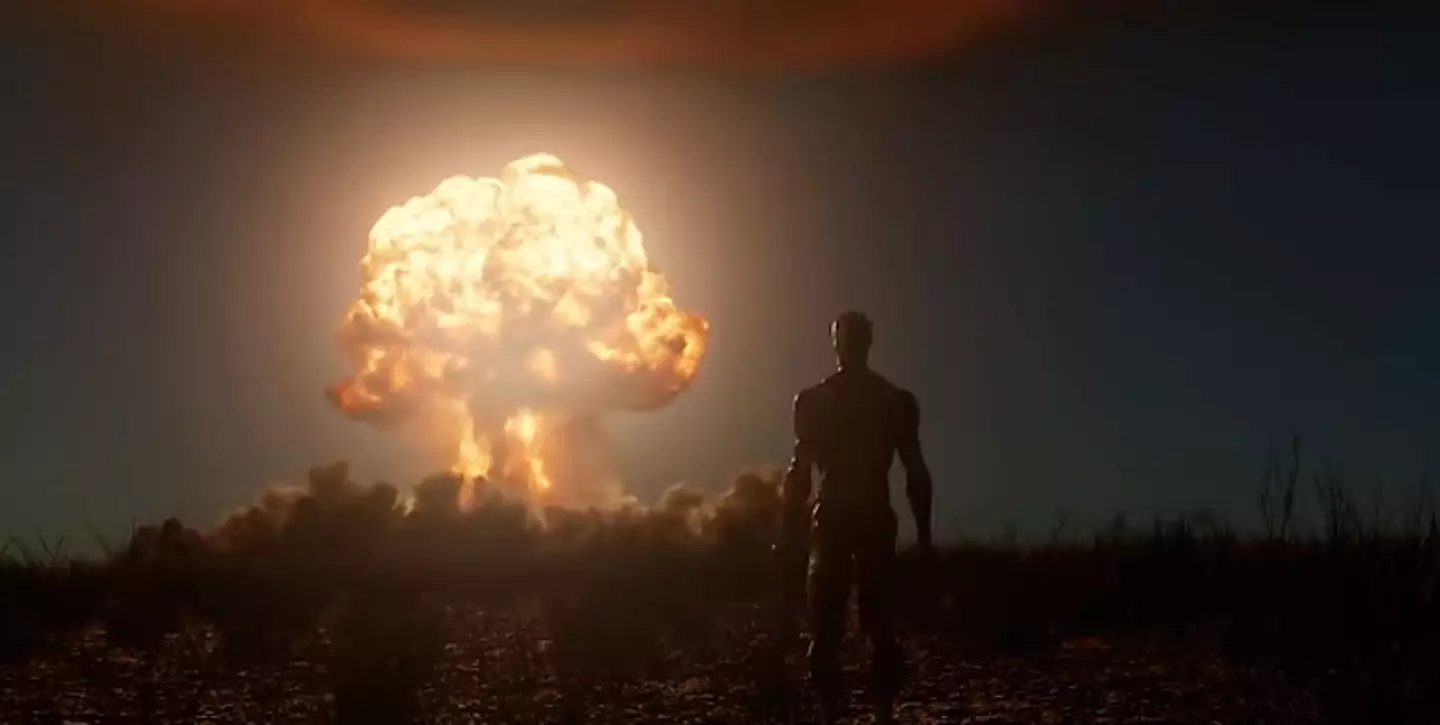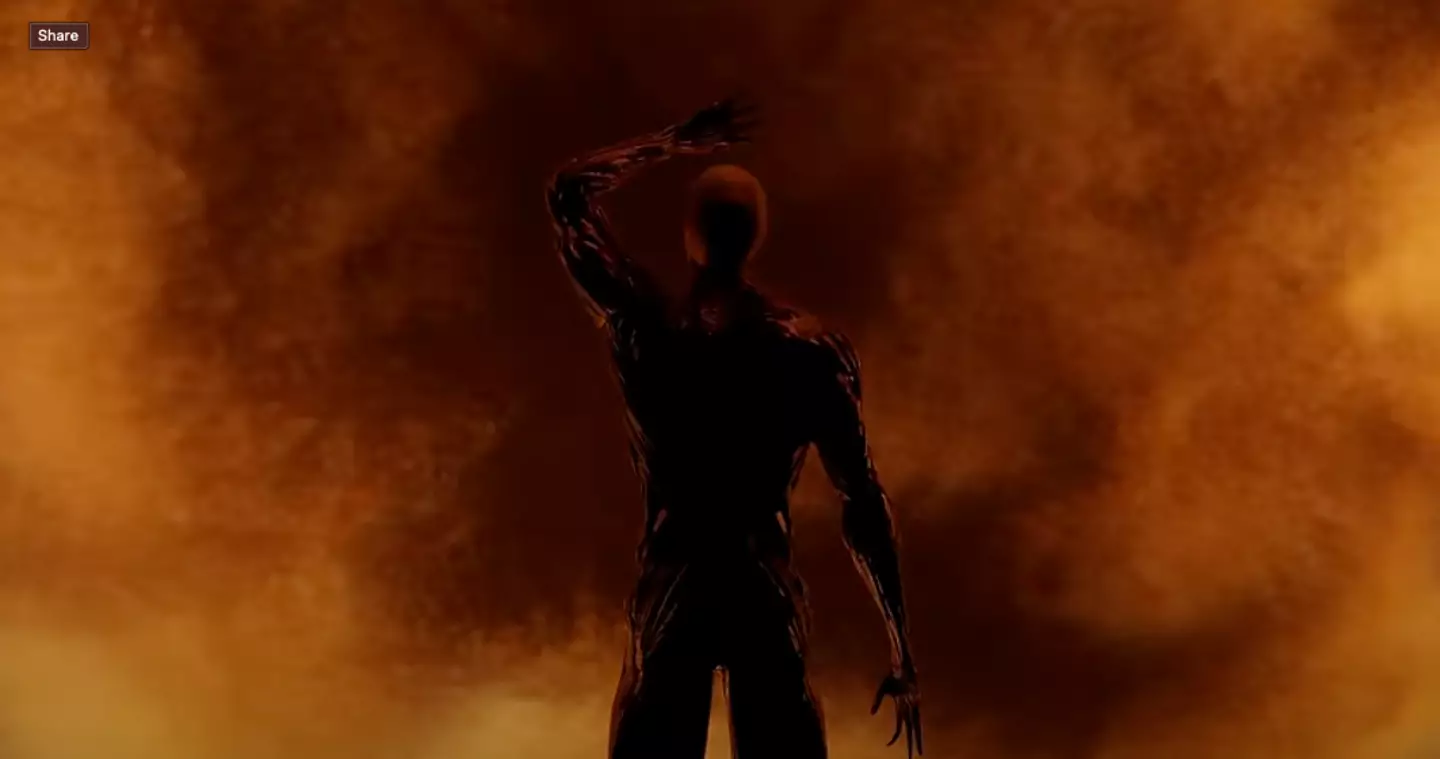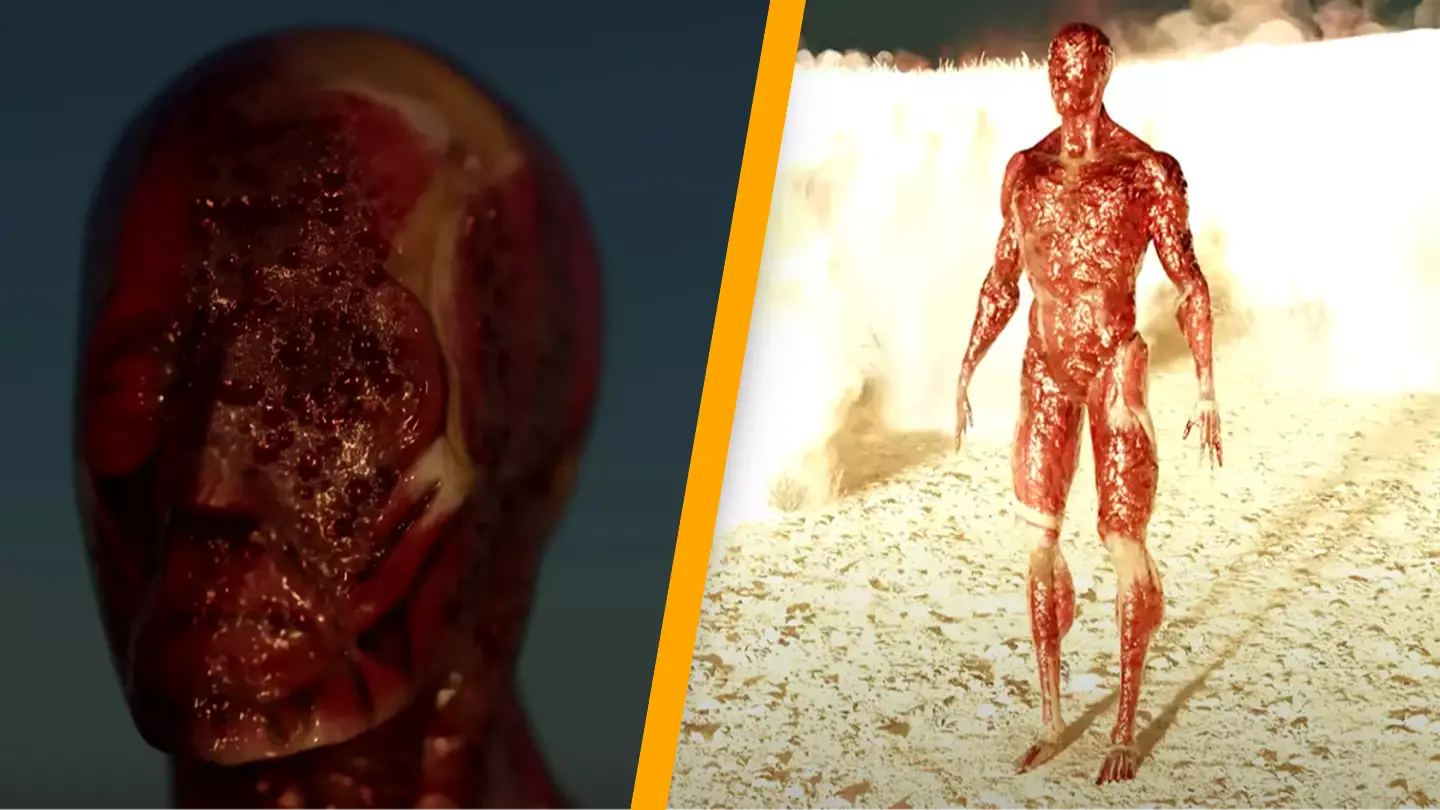A distressing video illustrates the specific injuries inflicted on the human body within different blast zones of a nuclear explosion.
While it’s evident that being at the epicenter of the blast would result in instant death, being further away means a slower demise.

The simulation places an individual at various distances from the explosion, detailing potential injuries and survival chances.
A fair warning, the content is quite grim.
The video example used is the Trinity Test, which had an explosion equivalent to 20 kilotons of TNT—a relatively small nuclear blast.
Starting with zone 1, approximately 1.27 km from the center, the worst injuries are termed ‘light blast damage.’
Although this might sound minor, it actually means permanent blindness if one is looking at the blast, due to burnt-out retinas.
Nuclear blasts emit intense light and heat before the shockwaves hit.
Historical photos of Hiroshima show shadows of people scorched onto buildings from the intense light.
At this distance, second-degree burns and hearing loss are also possible.
Zone 2 experiences thermal radiation causing third-degree burns and ruptured eardrums.
Third-degree burns destroy nerves completely, so one wouldn’t feel any pain—or anything else.
Zone 3, characterized by ‘heavy blast damage,’ almost guarantees death.
Here, fourth-degree burns, internal hemorrhaging, and traumatic brain injuries are prevalent.
In zone 4, close to the fireball, victims are incinerated alive and dismembered by the shockwave—a mercifully quick end.

Finally, within the fireball itself, remains are carried off by winds, contaminating crops and fields with radioactivity.
As vividly depicted in the 1984 British-Australian film Threads, those vaporized in the first moments of a nuclear war may indeed be the fortunate ones.
The film delves into societal collapse in the UK following an international nuclear exchange, portraying food riots, military authoritarianism, and the breakdown of language and education, forcing society back to subsistence farming.
The final scene shows a woman, living in this grim post-apocalyptic world, screaming in horror at her stillborn child, driving home the point that instant disintegration might be the best outcome in a nuclear apocalypse.

